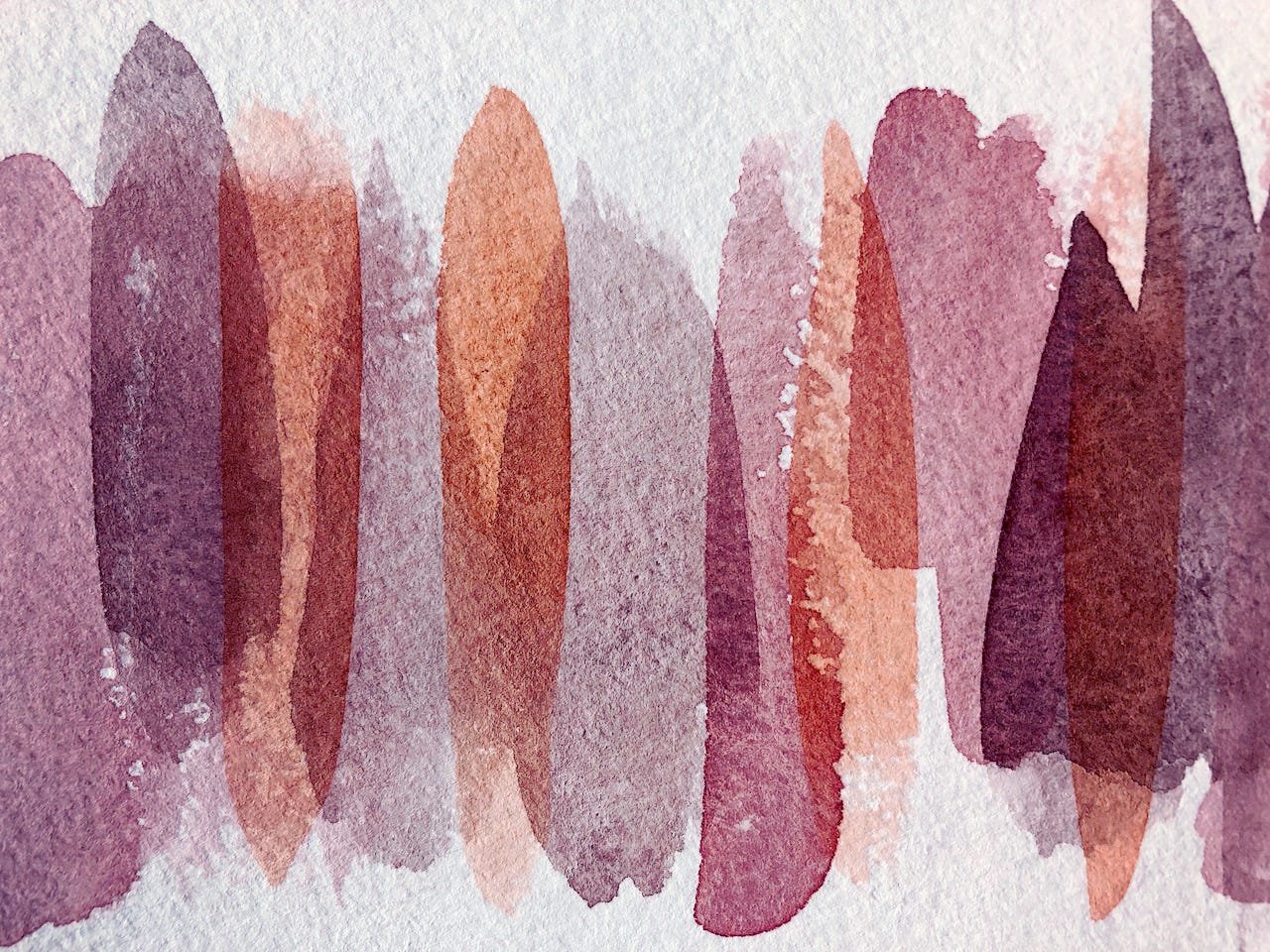A brief introduction
If you’re not familiar with the visio divina practice, it’s a contemplative practice that centers around quieting the mind and heart while focusing on an image. It translates to “holy seeing” and in the Christian tradition1, it’s a way to let prayer emerge organically. Even if you don’t swing that way, it’s a helpful practice to recenter attention—a scarce commodity these days.
This will be a weekly series. You’re welcome to return to the same image daily or when you need some attention refreshing. I’ll include a sketchbook response which serves as an entryway to your own creative time. Even if it’s just a few minutes on a post-it note, invite yourself to indulge in time to create and express.
Visio Divina: Love
Close your eyes and take a deep breath through your nose, exhale through your mouth. Fill your lungs as deeply as you can. Do this 3 times.
Simply look at this image. What do you see first? Stay with that for 10 breaths. Try not to let your eye wander and if you do, it’s ok: gently bring your focus back to that first thing. There is no right or wrong thing to look at. Trust your eyes to act on behalf of your soul.
Next, look at the whole image. Now you can let your eyes wander as much as you’d like, slowly and intentionally.
Take a moment to process note how you’re responding:
What do you see? Note generals or specifics. (e.g., an atmospheric painting, an orange dot, etc.)
What do you feel, emotionally or physically? Whatever comes up is okay!
Consider these questions as you look at this artwork:
Who do you love?
Who loves you?
Who don’t you love? Who doesn’t love you?
Who needs your love right now?
Conclude with a moment of silence. If you feel led, offer a prayer of gratitude or help.
Sketchbook response
On a piece of paper, mark off a section. The size of the section depends on the amount of time you are able to spend in drawing meditation.
Consider the above questions again while doodling hearts (literal2 or figurative3). Try to fill up a whole section. Let them overlap each other. You can fill in the overlapping shapes if you’d like.
If you’re feeling particularly anxious, you can use this as a breath exercise too. You can use box breathing techniques in this diagram to focus on taking deep breaths.
If you enjoyed this exercise and want to share how it went for you, I’d love to see/read in the comments!
Art & Theology has a great collection of posts on modern lectures and facilitated experiences around this if you’d like to go deeper.






